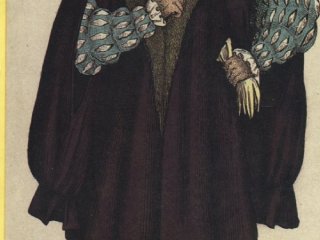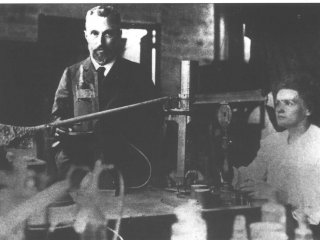
Right before the Christmas of 1938, ichthyologist James Smith received a letter from Marjorie Courtenay-Latimer, curator of the East London Museum in South Africa. The lady asked him to help in the identification of the fish caught by East London fishermen. It was a creature they saw for the first time: its scales were thick and resembled armor, its fins were similar to limbs. In order for the scientist to better understand the case, the back page of the letter contained the drawing of the fish. When Smith saw it, in his words “a bomb exploded in his head” as he had a vision of the inhabitants of ancient seas that had long been considered extinct. The drawing by Miss Latimer featured exactly this kind of fish – the one having scales, half-fins half-arms, a head covered with bone plates and a tail typical of crossopterygians. The lady could not have joked! Smith wanted to rush to East London immediately, but he was extremely busy. However, the more he thought about the unusual fish, the more he became convinced that the East London Museum was in the possession of a coelacanth or its close relative. Smith called it Latimeria Tyolomnqa in honor of Miss Latimer and the Tyolomnqa river in the estuary of which the fish had been caught. Yet Smith got there too late – the organs and some other parts of the fish had been irrevocably lost. The scientific community did not believe the South African ichthyologist as the photos and the description were considered fake. Back then major scientific authorities claimed that coelacanths had been extinct for over 50 million years. What happened next was described in Smith’s book Old Fourlegs published in the USSR back in the 1960s. In order to prove his rightness, Smith decided to obtain the second specimen of the fish. The search took him 14 years, yet it resulted in success. In December 1952 the scientist received a telegram from the Comoros Islands from a captain he knew. The short text sounded like angel singing to him: “Caught coelacanth on 20th. Put in formalin. Waiting for reply.” The reply came immediately as the South African government provided Smith with an aircraft so that he could deliver the fish personally to Cape Town. It turned out that for Comoros fishermen this fish was not a miracle at all, from time to time such specimen got into their nets, but they were not happy about it as the fish was bitter and bony. Then it was found that the living fossil was also available in other places in the world. Finding a coelacanth or Latimeria is rightfully considered the most significant natural science achievement of the 20th century.
























